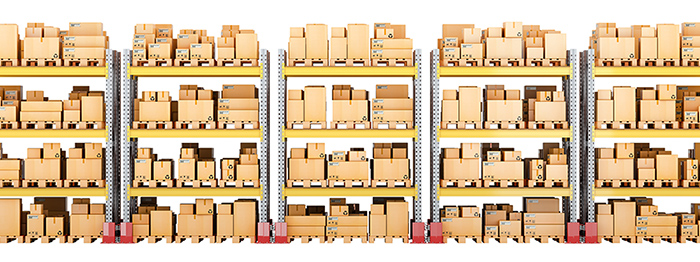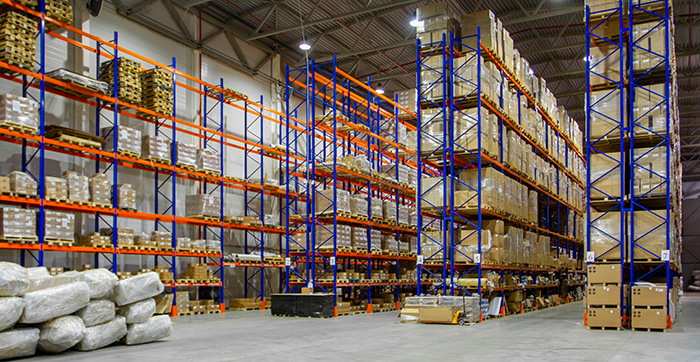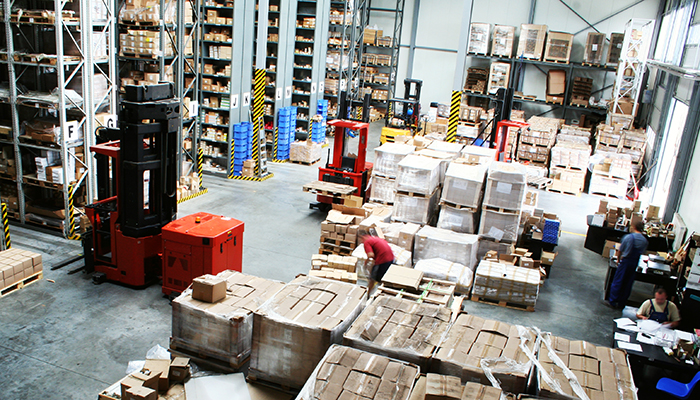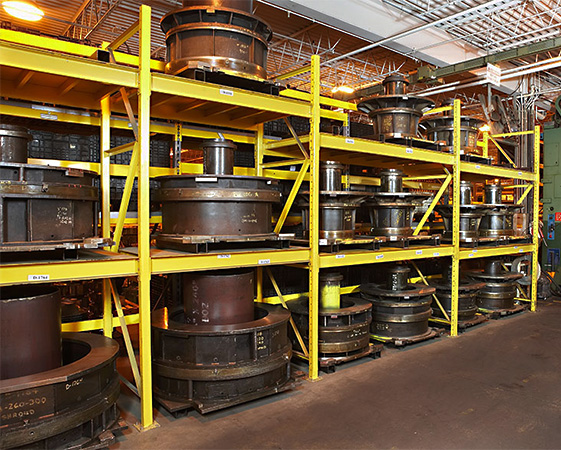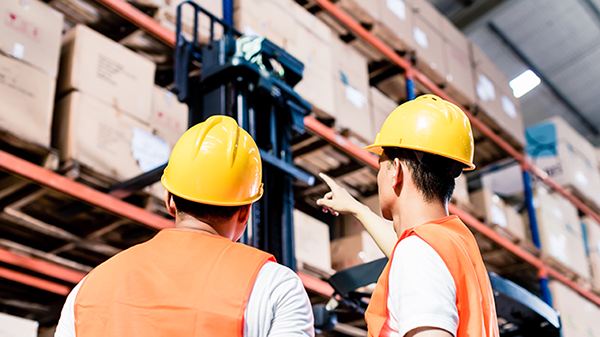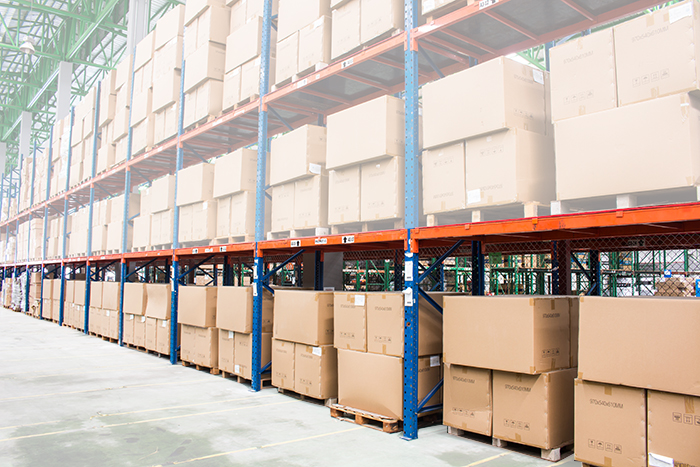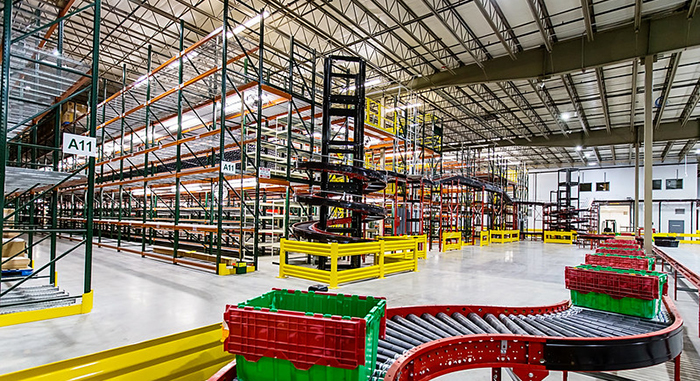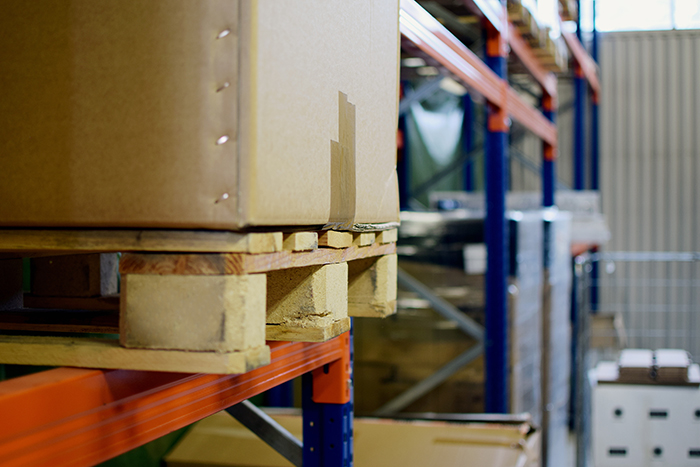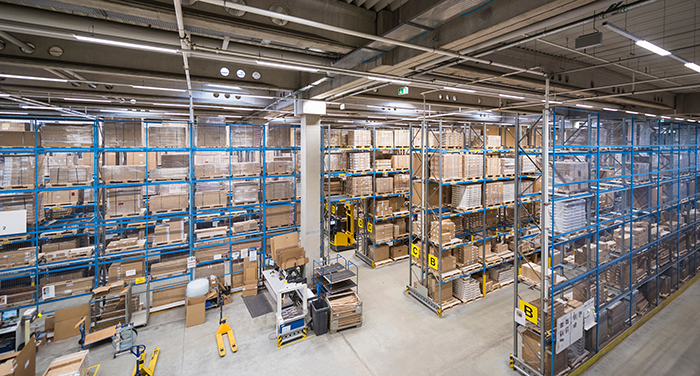
Just how many pallets can you store in a 100′ x 100′ area? It can range from not that many–X with selective racks that let you pick or place any pallet at any time–or “Y” using incredibly dense, using pallet flow or drive-in systems that restrict how and when you can access pallets. The balance between storage density and selectivity is always critical, but there are other factors in play: cost, efficiency and safety.




